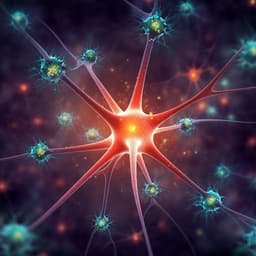
Medicine and Health
Single-nucleus genomics in outbred rats with divergent cocaine addiction-like behaviors reveals changes in amygdala GABAergic inhibition
J. L. Zhou, G. D. Guglielmo, et al.
Explore groundbreaking research by Jessica L. Zhou and colleagues uncovering cell-type-specific gene regulatory programs in the amygdala associated with cocaine addiction. Their experimental findings reveal how genetic factors and chromatin accessibility influence addiction behaviors, providing insights that could pave the way for innovative treatments.
~3 min • Beginner • English
Related Publications
Explore these studies to deepen your understanding of the subject.







